Speed and style, two attributes that are as intangible as they are elusive. Sure, you can work on your game, but if doesn’t come to you naturally, forcing it probably won’t help. Trying to capture these two essential elements in a movie also demands a unique combination of talent and skill, and while we wouldn’t call it a dying artform, the number of long-form MTB films is dwindling and the wait between the installments longer than it has ever been before. Case in point, Brendan Fairclough’s first Deathgrip movie is now seven years old, and the fact that many would still consider it the gold standard against which all other projects should be measured is testament to how it changed the game. Making a sequel is always a daunting task, but taking seven years to do it tells us all we need to know about the intent behind it. Can Deathgrip 2 raise the bar, yet again?

Looking back at the music industry, the rise of the electronic file formats and the arrival of online platforms that were available to anybody with an internet connection were all supposed to revolutionize the business and destroy the old monopolies. If anybody can make a hit, what did we need the record labels for? Sure, we’ve seen a fair amount of artists who made it “on their own” since then, but the reality is that the proliferation of content meant that we needed somebody to help us sort through it all to get to the good stuff. Guess who was really good at that? The record labels.
Transporting the viewer is the main goal of any kind of movie, and some of the shots in Deathgrip 2 serve up the kind of texture that lets you practically taste the dirt through the screen.
New tools bring new opportunities, but only if you recognize them for what they are. Instead of feeling threatened by the arrival of new kinds of content producers, raise your game. Rather than lament the short shelf life of web edits and IG reels, double down and take your time making something that will stand the test of time. This is exactly what the Deathgrip crew has done – taking advantage of new toys and new techniques to make the storytelling even more immersive than it has ever been before. Transporting the viewer is the main goal of any kind of movie, and some of the shots in Deathgrip 2 serve up the kind of texture that lets you practically taste the dirt through the screen. The camera work is mesmerizing, coupled with world-class drone shots and GoPro captures that really bring you right into the thick of it.
Brendan Fairclough certainly epitomizes speed and style on a bike, and he also has a knack for bringing together an ensemble of riders who can do justice to the producers’ ambitions – and bear the scrutiny of high-powered optics committing their exploits to history several hundred times per second. The cast is predominantly from the racing world, but even those who don’t routinely measure their success against the clock definitely held it wide open for filming their parts. As anybody who has ever seen themselves ride can attest to – you look about half as rad on tape as you did in your own head. If you want to look the part in an edit, you have no choice but to BE the part.
From the dust-encrusted slopes of South Africa to the coast of Oregon in the rain, Deathgrip 2 travels the world in style. Madeira features twice, Mexico gets a visit, helicopters were used but not in Hull, the South of France was torn to bits and Les Gets once again resonated with the epic puns of Rob Warner even though the crowds had long since gone home. Each location matched perfectly to the riders in the segment, the list of which reads straight up like the menu of a 3-star restaurant of radness: Amaury Pierron, Thomas Genon, Jackson Goldstone, Olly Wilkins, David McMillan, Thomas Estaque, Hugo Frixtalon, Luca Shaw, Vali Höll, Marine Cabirou, Kaos Seagrave and Finn Iles.
What a treat to be able to feel what it means to abandon yourself to speed, every movement a consequence of the situation, both reason and result at the same time.
The dig crews deserve their own shoutout here, as the tracks built for filming are nothing short of spectacular, each one an intoxicating mix of bumps and berms that make up the perfect canvas for the artists to express themselves on. What a treat to be able to feel what it means to abandon yourself to speed, every movement a consequence of the situation, both reason and result at the same time. Weaving through the trees and trails on multiple lines is a common theme, and something that we can all relate to even if our own rides with mates don’t reach the same levels of style and grace as the world’s best. The infectious energy of every segment of the movie will definitely fire you up for the weekend!
So it’s time. Time to slow down, literally and metaphorically, to allow yourself to really appreciate this film for what it is: an hour of pure, unadulterated reveling in the sights and sounds of the sickest sport on the planet. If you ride bikes, you can sort of relate to what you see, and if you don’t, you’ll still have your mind blown by the performances of the best bike handlers in the business and the next-level cinematography and soundscape. Either way, it’s time to treat yourself. The bar has indeed been raised, yet again.
Deathgrip 2 is available now on AppleTV, Amazon, Google and Microsoft stores.
Words by Johan Hjord


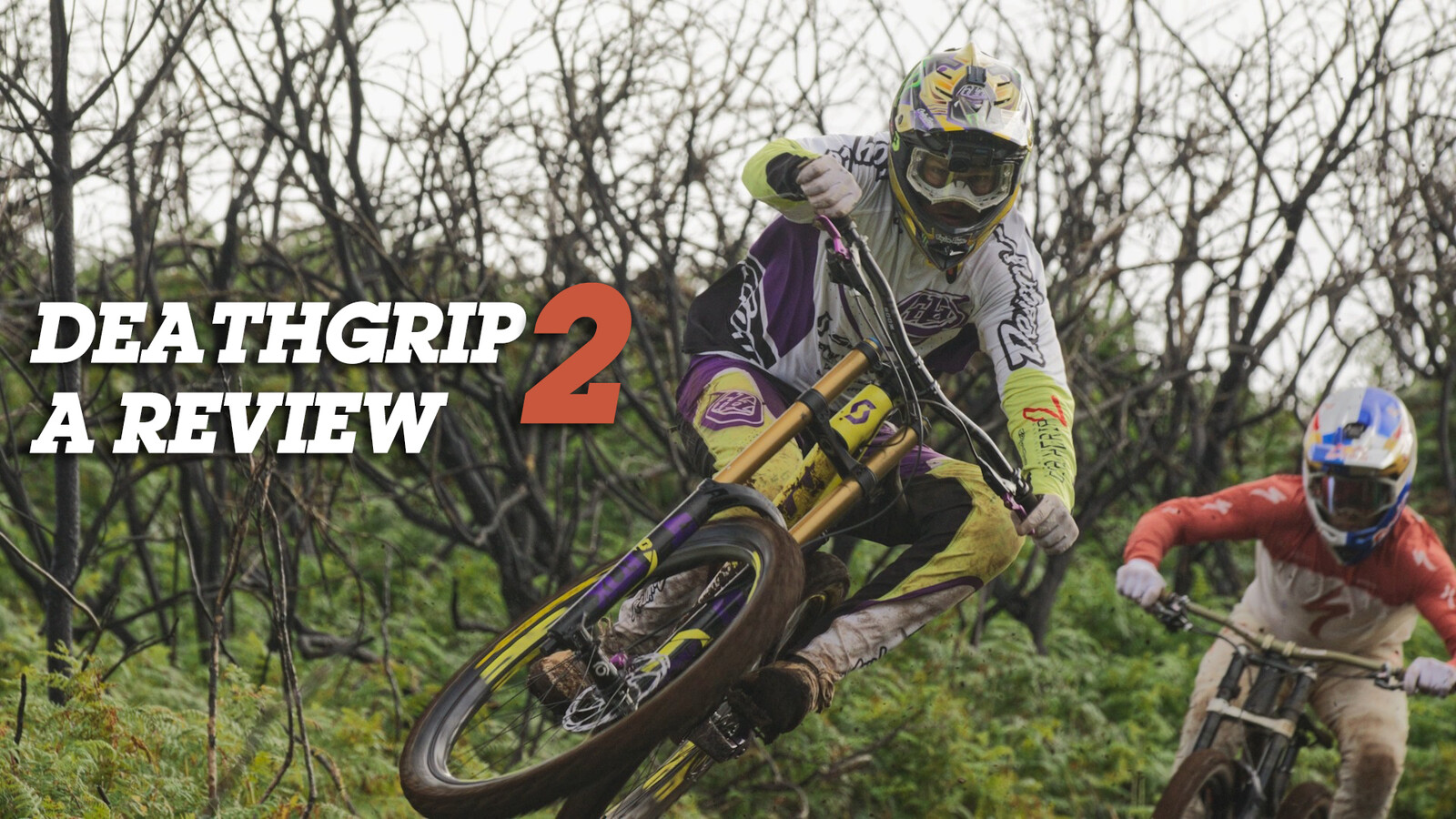


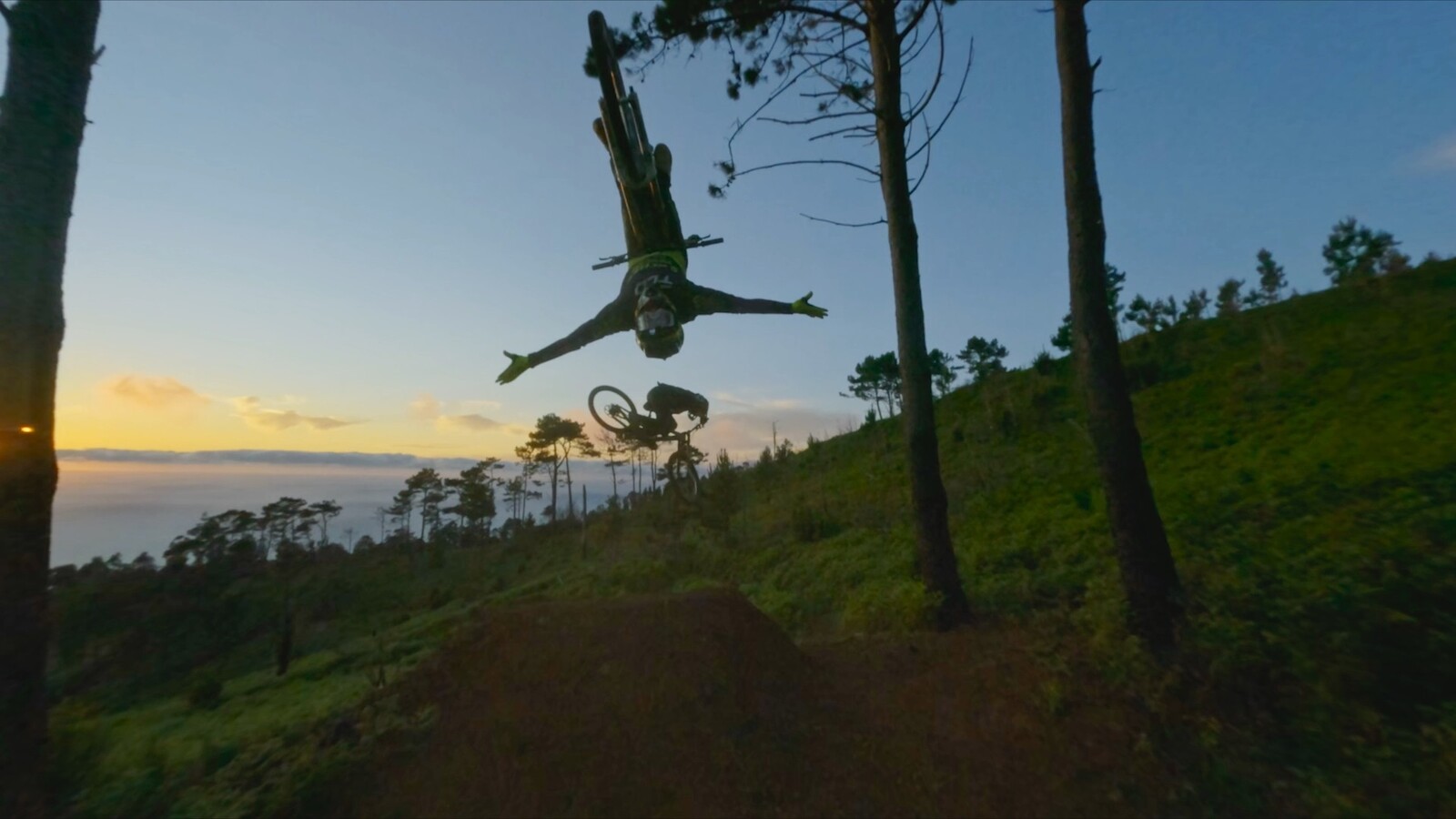
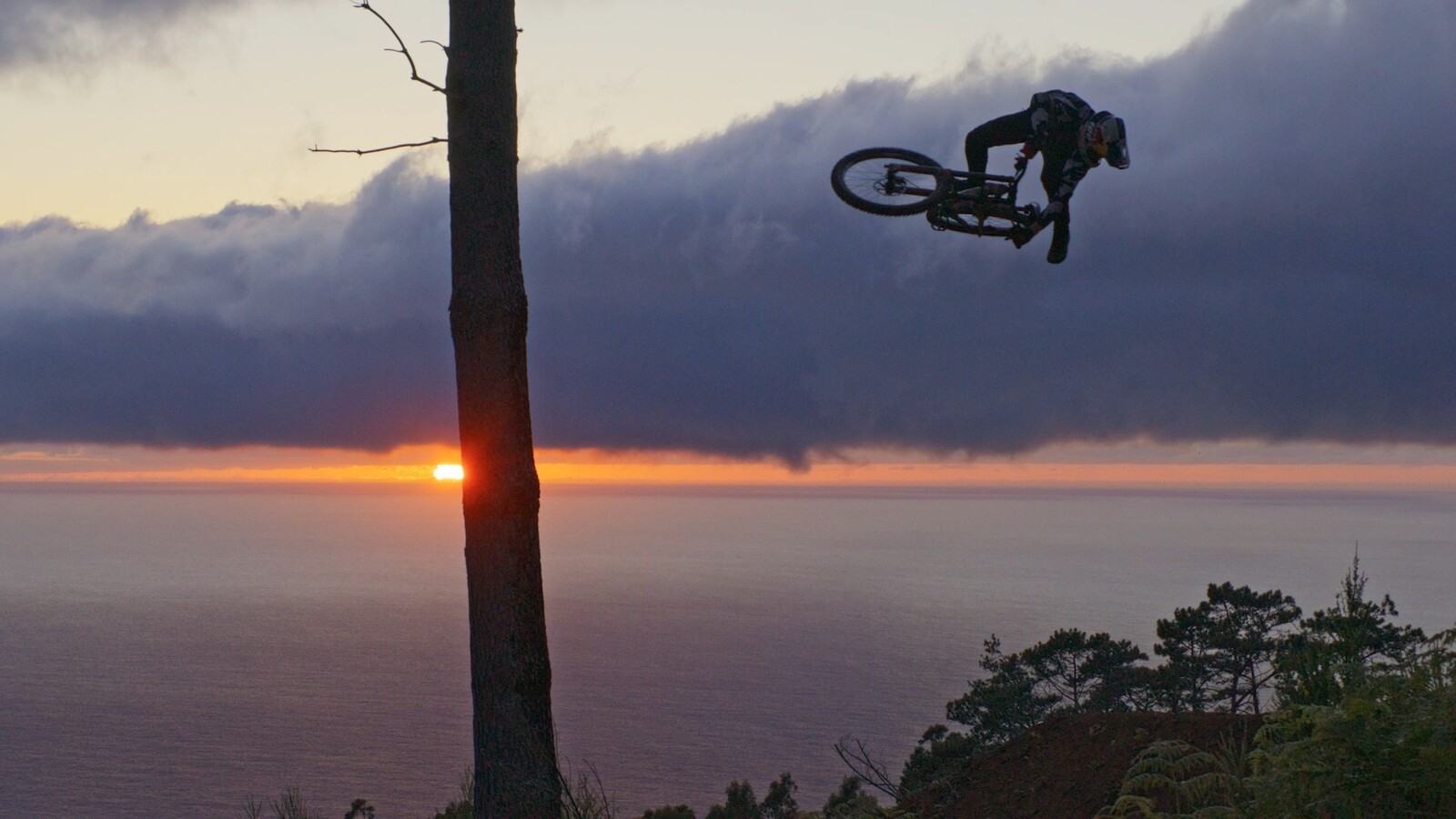

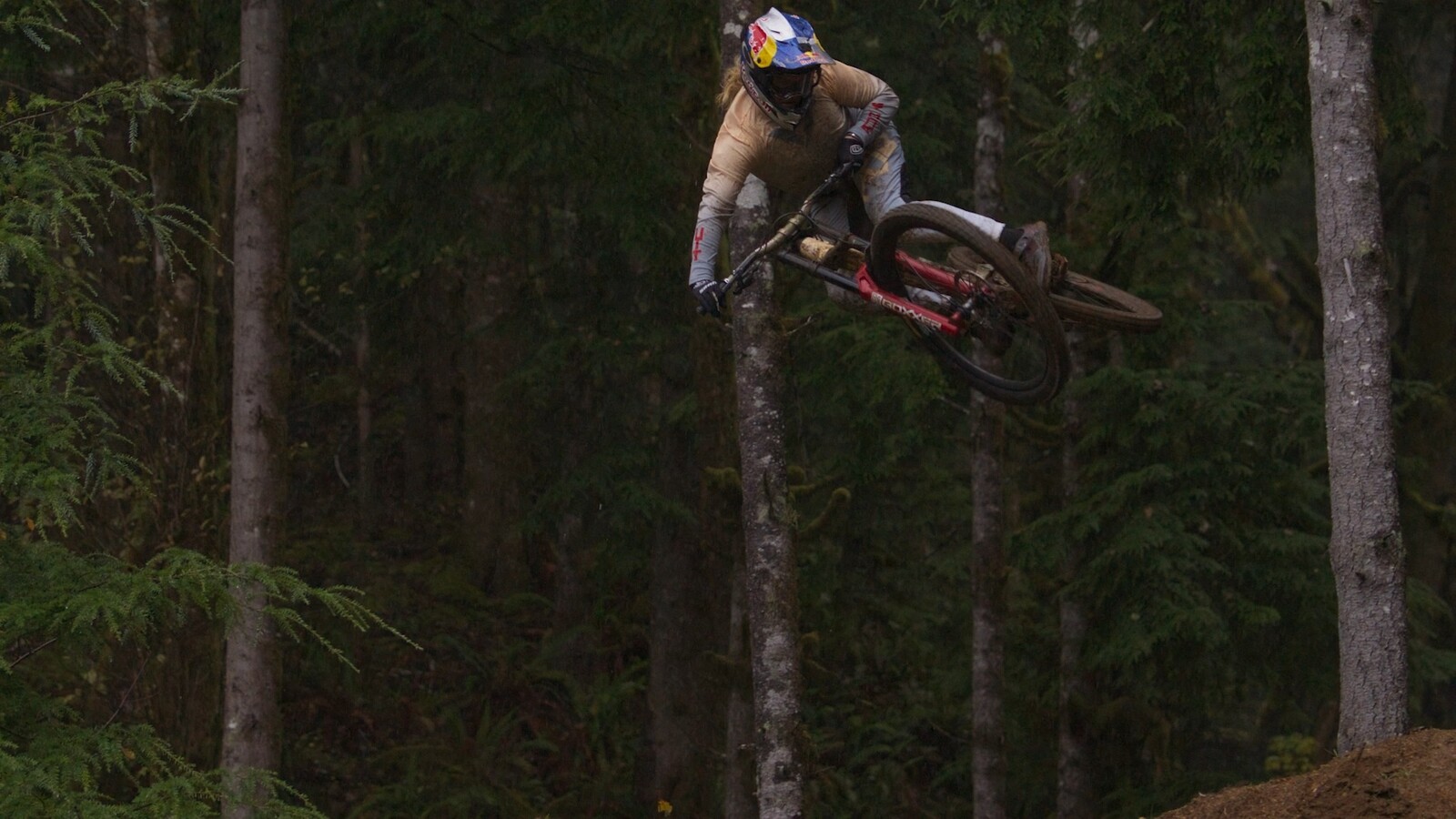







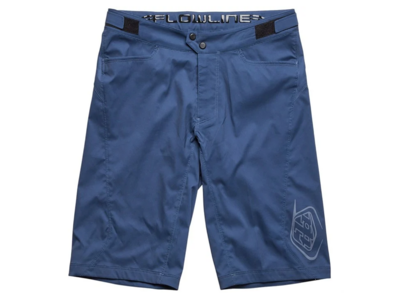
View replies to: Deathgrip 2 – a MTB Movie Review
Comments